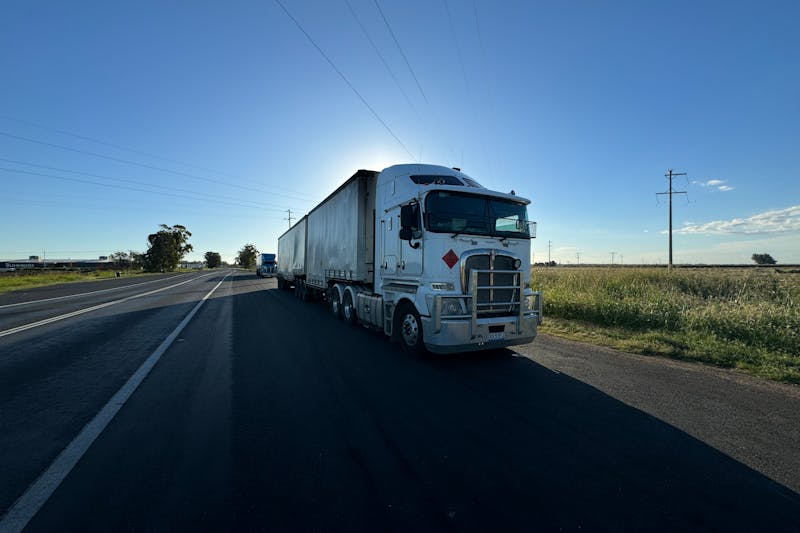A Tennessee School Bus Crash Heightens the Debate on Seatbelt Usage
The recent bus crash in Tennessee has once again renewed the debate about whether or not school buses should be fitted with seat belts. Regardless of such accidents being uncommon, the U.S. government’s top safety regulator, the National Highway Traffic Safety Administration (NHTSA), has spoken out saying all school busses should have seat belts. California, Florida, Louisiana, New Jersey, New York and Texas all have laws which mandate seat belts on school buses; Tennessee is not yet one of these. Furthermore, 17 states have introduced seat belt bills, but none has passed. This could be attributed to the price figure estimate of $7,000 – $10,000 per bus. With over 480,000 public school buses on the road, carrying over 25 million children, these costs could exceed the billion dollar mark. After the collision, many people are hoping for a federal mandate.
Most recently, NHTSA administrator Mark Rosekind said “We know that seat belts will save lives if we put one for every kid on every school bus.” However, in the past, the same association, along with the National Association for Pupil Transportation (NAPT) has said they’re not convinced seat belts would increase safety. Likewise, The National PTA and The American Academy of Pediatrics have remained in favor of all school buses being fitted with seat belts for children. Both have voiced concerns that the message of “buckle up for safety” should remain consistent across all vehicles both private and public. Donald Carnahan, NAPT President, counters the statement by saying “Seat belts in cars and lap belts on school buses are completely different safety issues.”
The National Coalition for Seatbelts on School Buses, an advocacy organization, has noted several reasons to take the precautionary measure; some of which may include:
- Seat belts could reduce the probability of severe injuries and death
- Using the seat belt may improve passenger behavior while reduce driver distraction (something which is common on school buses)
- Seat belts might protect against injuries sustained from rollovers or side impacts
- The cost to install seat belts would be approximately less than $2 per child
Opponents of seat belts on school buses counter such reasons; according to the NHSTA:
- Seat belts are often of no value in fatal accidents
- More children die while walking to and from school, or the bus stop, than while inside a bus
- No data proves conclusively that seat belts reduce fatalities or injuries on school buses
- School buses experience less crash force than smaller vehicles
- School buses have well padded seats which are meant to absorb impact
- There is no guarantee the seatbelts will be used
- A concern that seat belts might be used as a weapon is prevalent
- The money needed could be used for other safety measures
On average 11 passengers die every year while inside a school bus. Accident lawyers in Tennessee and other states have noted negligence in a number of these collisions. However, both sides of the argument do agree in that school buses are safer than personal cars and trucks. All groups involved are reconsidering the argument and addressing potential resolutions to improve safety.




![Average Settlement for Car Accidents in Nashville [What to Expect in 2025]](https://www.thehigginsfirm.com/wp-content/uploads/2025/03/car-accident-settlement.jpg)
